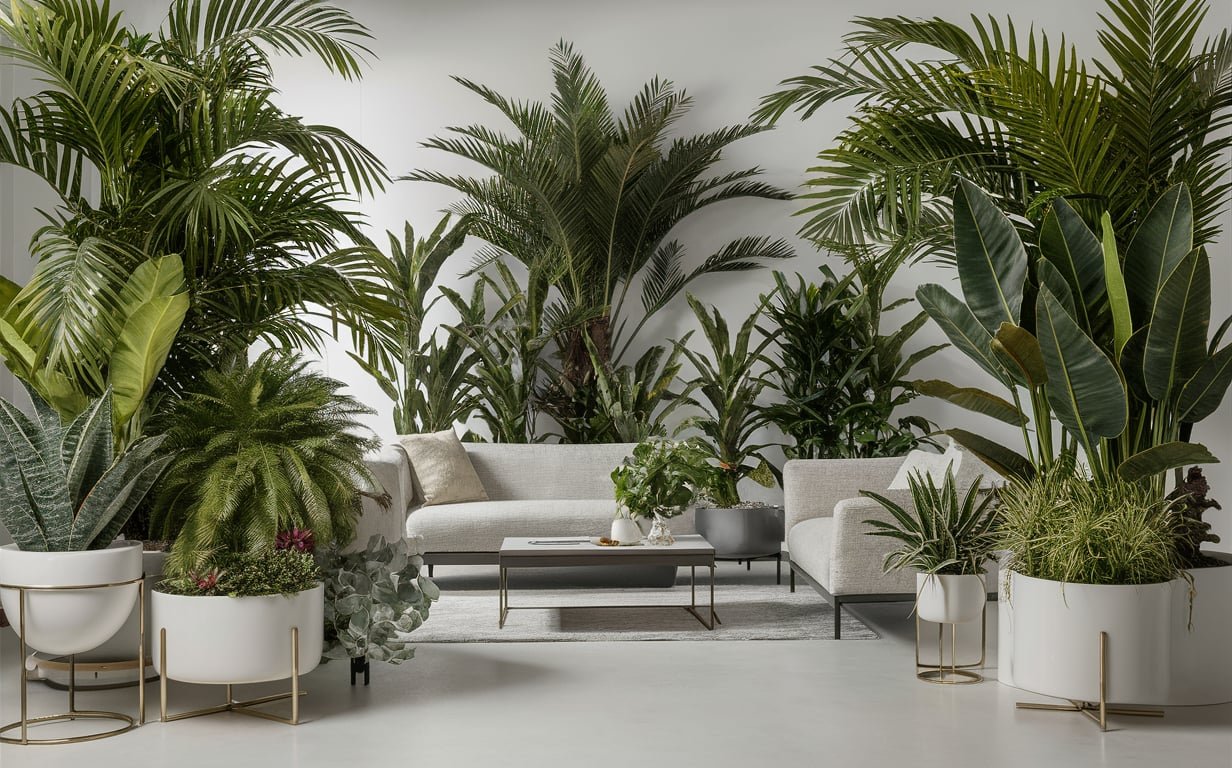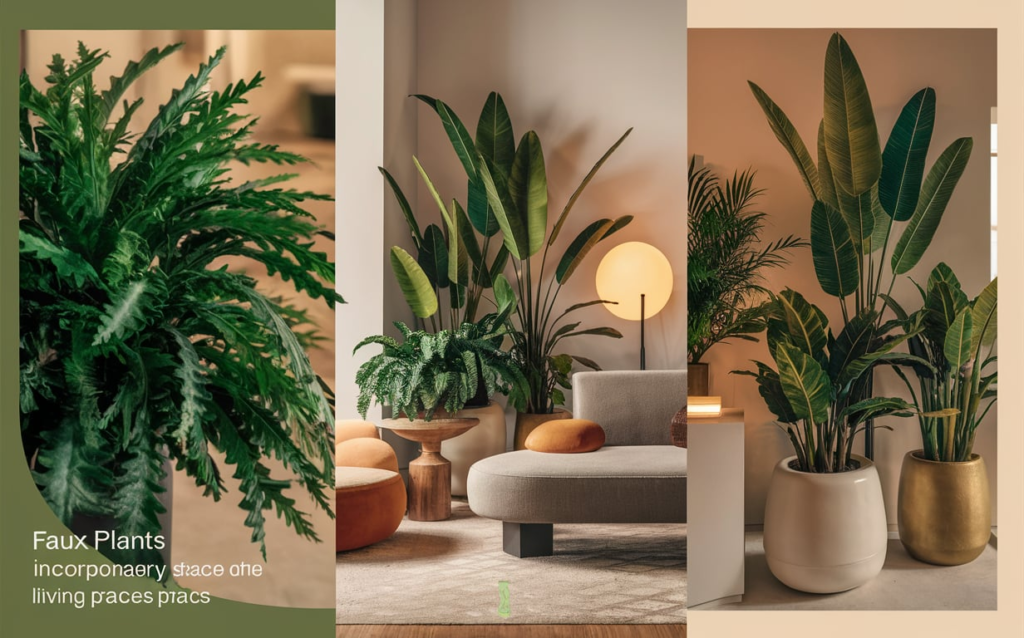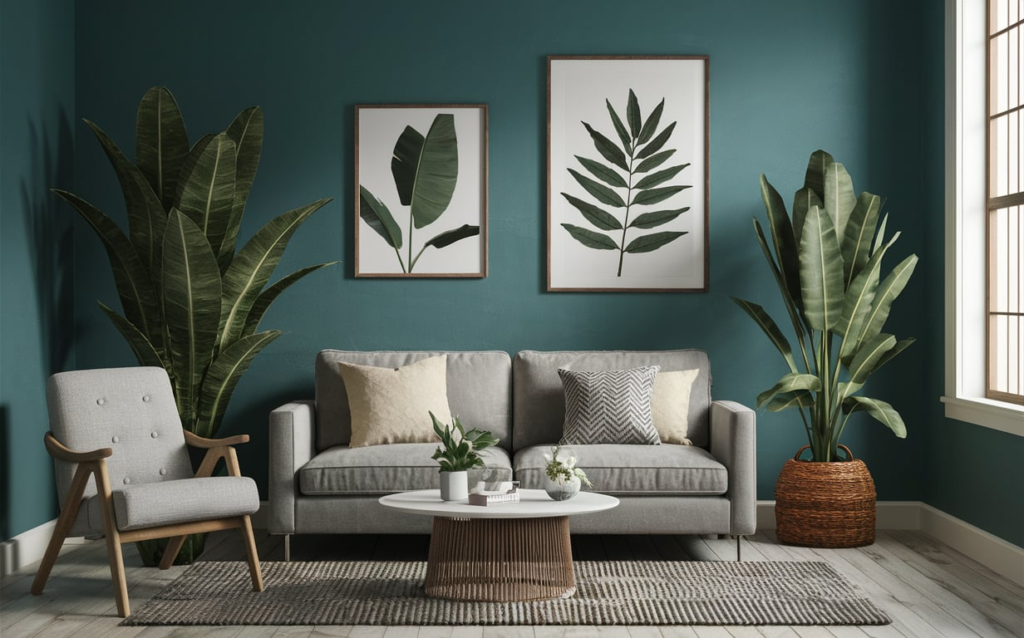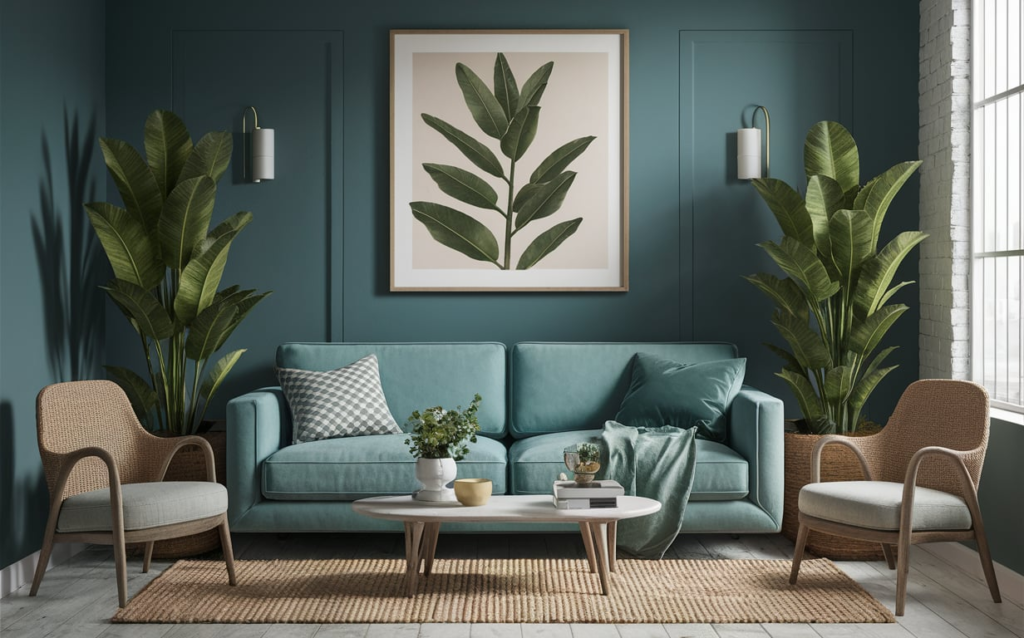
In interior design, faux plants have become a staple for adding a touch of nature to indoor spaces without the maintenance and mess associated with natural plants. Whether aiming for a lush, green oasis or a subtle hint of nature, faux plants offer a versatile and practical solution. This comprehensive guide explores the benefits, styles, and tips for incorporating faux plants into your décor, providing insights into how they can transform your living space.
Introduction to Faux Plants
Faux or artificial plants are meticulously crafted replicas of natural plants. Made from silk, plastic, or polyester, they replicate the look and feel of genuine greenery. With advancements in manufacturing techniques, modern faux plants are incredibly lifelike, often making it difficult to distinguish them from their living counterparts.
http://faux plantsThe allure of faux plants lies in their low maintenance and long-lasting nature. Unlike natural plants, they do not require watering, sunlight, or special soil conditions. It makes them ideal for busy individuals or those needing a green thumb. Additionally, faux plants resist pests and diseases, further simplifying their care.

The Benefits of Faux Plants
Low Maintenance
One of the most significant advantages of faux plants is their minimal upkeep. Unlike natural plants, which need regular watering, pruning, and repotting, faux plants only require occasional dusting to maintain their appearance. It makes them perfect for those with hectic schedules or spaces where natural plants may not thrive.
Longevity
Faux plants are furnished to withstand the test of time. They do not wilt, die, or lose their vibrant color over the years. This durability makes them a cost-effective investment, as they do not need to be replaced frequently.
Versatility
Faux plants come in various styles, sizes, and types, making them suitable for any décor theme. From towering fiddle leaf figs to delicate succulents, a faux plant fits every aesthetic. Additionally, they can be used in any environment, including those with low light or extreme temperatures where natural plants might struggle.
Allergy-Friendly
For individuals with allergies to pollen or plant-related allergens, faux plants offer a hypoallergenic alternative. They provide the visual appeal of greenery without triggering allergic reactions.
Cost-Effective
While high-quality faux plants may have a higher upfront cost compared to natural plants, they can be more economical in the long run. There are no ongoing expenses for soil, fertilizers, or plant care products, and they do not require replacement due to disease or death.
Types of Faux Plants
Faux plants come in various types, each suited to different décor styles and preferences. Understanding the various types can help you choose the right plants for your space.
Silk Plants
Silk plants are made from silk fabric or a silk-like material. They are known for their softness and realistic appearance. Silk plants are often used for decorative purposes and are ideal for creating elegant and sophisticated arrangements.
Plastic Plants
Plastic plants are made from high-quality plastic materials. They are durable and often used in environments where durability is crucial. Plastic plants are available in a wide range of styles and are suitable for both indoor and outdoor use.
Polyester Plants
Polyester plants are crafted from polyester fabric and often feature a more varied texture than silk plants. They are known for their resilience and are a popular choice for budget-conscious consumers.
Preserved Plants
Preserved plants are natural plants treated to maintain their appearance without needing ongoing care. They are more expensive than artificial plants but offer a unique blend of natural and faux elements.
Faux Succulents
Faux succulents are small, rosette-shaped plants that resemble real succulents. They are famous for their low maintenance and stylish appearance, making them an excellent choice for modern and minimalist décor.

Incorporating Faux Plants into Your Décor
Faux plants can be used in various ways to enhance your décor. Here are some creative ideas for incorporating them into your living space:
Statement Pieces
Large faux plants, such as fiddle leaf figs or palm trees, can serve as statement pieces in a room. Please place them in corners or near entryways to create a dramatic effect and draw attention. They can also fill empty spaces and add height to your décor.
Hanging Plants
Hanging faux plants, such as trailing ivy or cascading ferns, can add a dynamic element to your space. Hang them from the ceiling or wall-mounted planters to create a lush, green canopy. It is an excellent way to bring greenery into rooms with limited floor space.
Terrariums
Faux succulents and small plants are perfect for terrariums. Arrange them with decorative stones, moss, and other elements to create miniature indoor gardens. Terrariums can be displayed on shelves, coffee tables, or as centerpieces.
Faux Plant Arrangements
Create custom faux plant arrangements by combining different types and sizes of plants. Arrange them in decorative pots, baskets, or vases to match your décor style. These arrangements can be used as table centerpieces or placed on shelves and mantels.
Window Sills and Shelves
Place faux plants on window sills, shelves, or countertops to add a touch of greenery to everyday spaces. They can brighten up kitchens, bathrooms, and home offices without sunlight.
Outdoor Spaces
Faux plants are also suitable for outdoor use. Please place them in covered patios, balconies, or entryways to add color and texture to your outdoor décor. They are resistant to weather conditions and will retain their appearance over time.
Choosing the Right Faux Plants
Selecting the right faux plants for your space involves considering several factors:
Size and Scale
Consider the size of the plant relative to the space where it will be placed. Large plants are ideal for creating focal points, while smaller plants are perfect for adding subtle touches of greenery. Ensure the plant’s scale complements the room’s overall décor and furniture.
Style and Color
Choose faux plants that match your décor style and color scheme. Opt for sleek and minimalist designs for a modern look, while traditional styles may benefit from lush and classic plant varieties. Consider the colors of the foliage and how they will blend with your existing décor.
Quality
Invest in high-quality faux plants that are well-crafted and realistic. Look for plants with detailed textures, vibrant colors, and natural-looking foliage. Higher-quality plants will provide a more authentic appearance and last longer.
Placement
Consider the placement of your faux plants and how they will interact with other elements in the room. Ensure they are positioned in areas where they can be appreciated and are not overcrowded by other décor items.

Maintaining Faux Plants
While faux plants are low-maintenance, they still require some care to keep them looking their best:
Dusting
Regular dusting is essential to maintain the appearance of faux plants. Use a soft, dry cloth or a feather duster to remove dust and debris. For more intricate plants, use a can of compressed air to blow away dust from hard-to-reach areas.
Cleaning
Clean your faux plants with a damp cloth and mild soap if they become soiled. Avoid using harsh chemicals or submerging the plants in water, as this can damage the materials. Ensure the plants are thoroughly dried before being placed back in their positions.
Avoid Direct Sunlight
Although faux plants are designed to be durable, prolonged exposure to direct sunlight can cause their colors to fade over time. To preserve their appearance, place them in areas where they will not be exposed to intense sunlight.
Faux Plants vs. Real Plants: A Comparison
When deciding between faux plants and natural plants, it’s essential to weigh the pros and cons of each:
Lifespan
Faux Plants: Long-lasting and durable. Retain appearance for years.
Natural Plants: Limited lifespan. They can die or suffer from diseases and pests.
Allergies
Faux Plants: Hypoallergenic and allergy-friendly.
Natural Plants: May cause allergies due to pollen or other allergens.
Aesthetic Appeal
Faux Plants: Can mimic a wide variety of plant species and styles.
Real Plants: Offer natural growth and variations that can be unique to each plant.
Conclusion
Faux plants offer a practical and stylish solution for incorporating greenery into your décor without the challenges associated with natural plants. Their low maintenance, longevity, and versatility make them an excellent choice for various spaces and styles. By understanding the benefits and types of faux plants, you can make informed decisions about enhancing your living space with artificial greenery. Whether you want to create a lush indoor jungle or add a touch of nature to your home, faux plants provide a convenient and aesthetically pleasing option for achieving your décor goals.